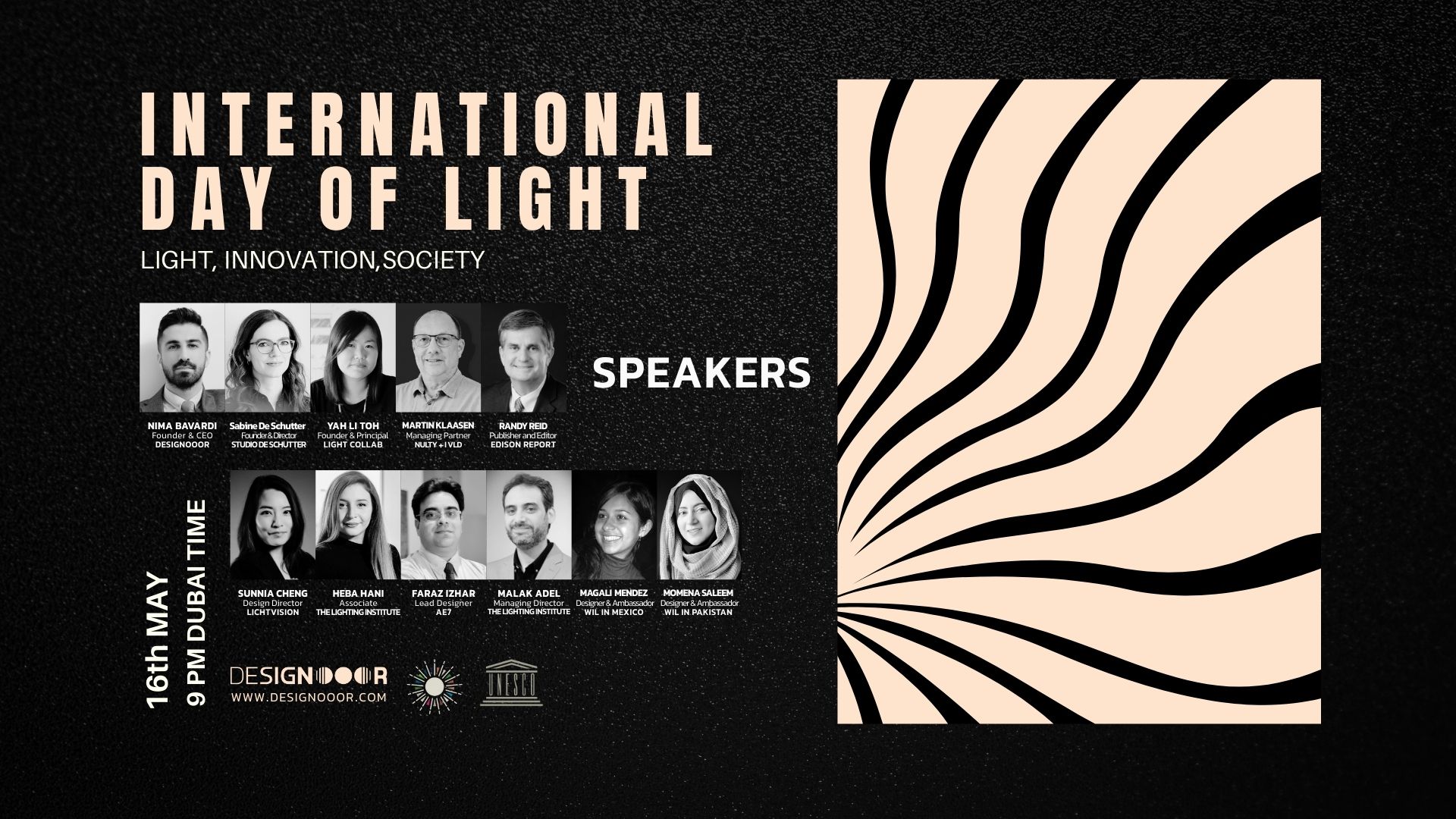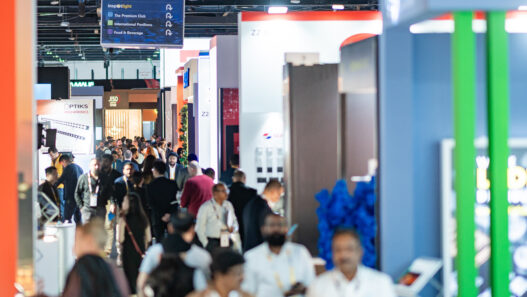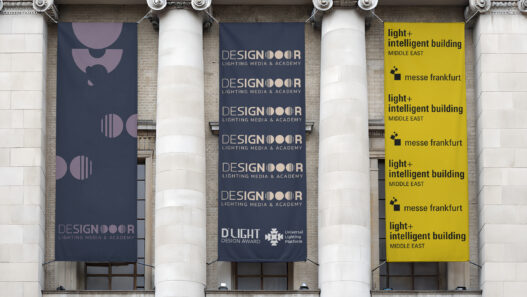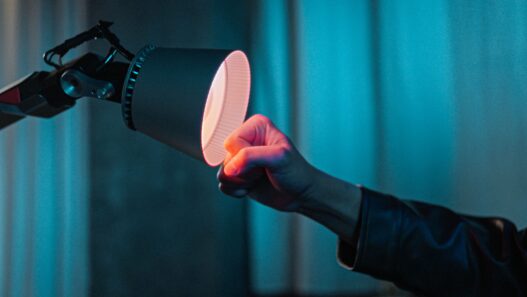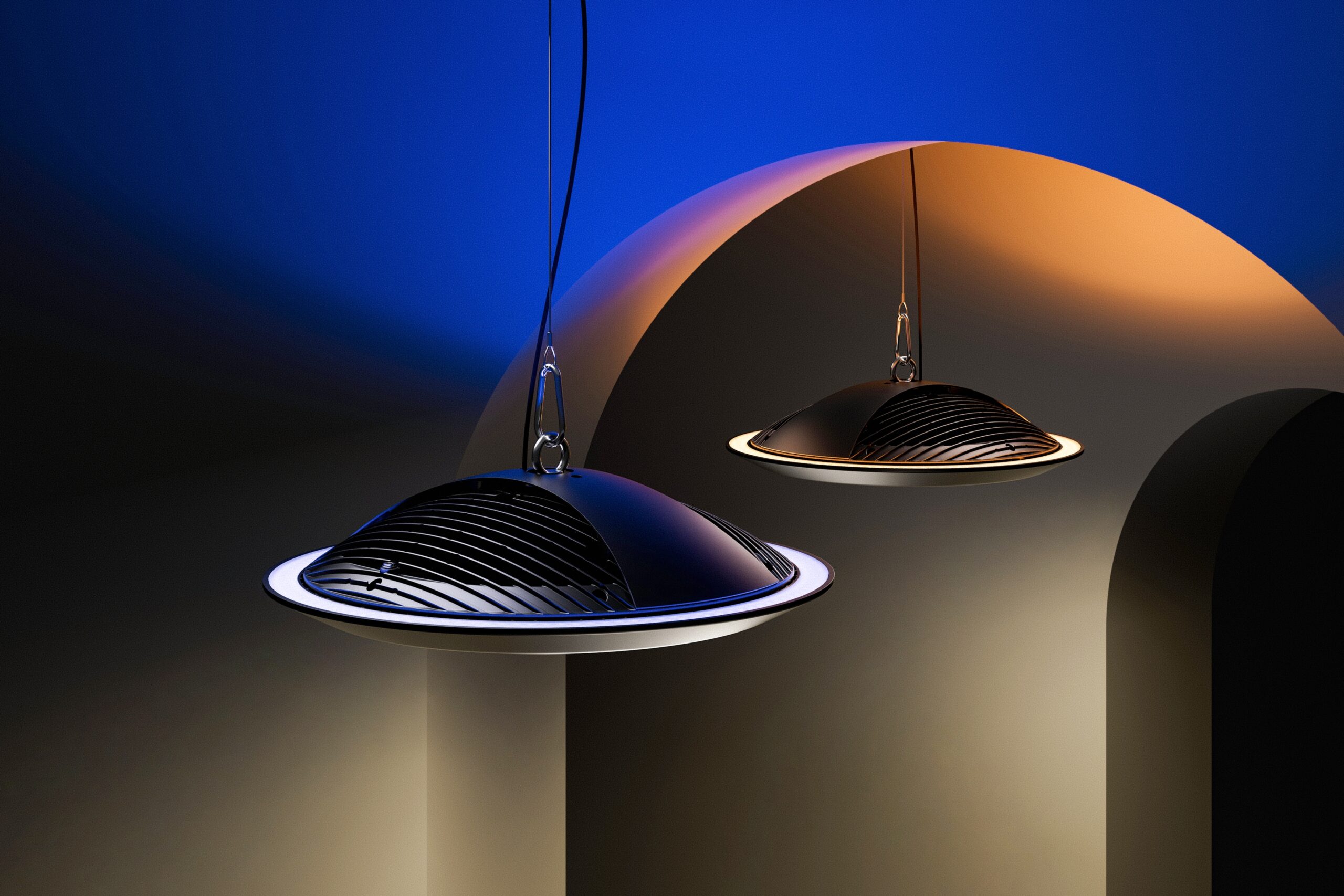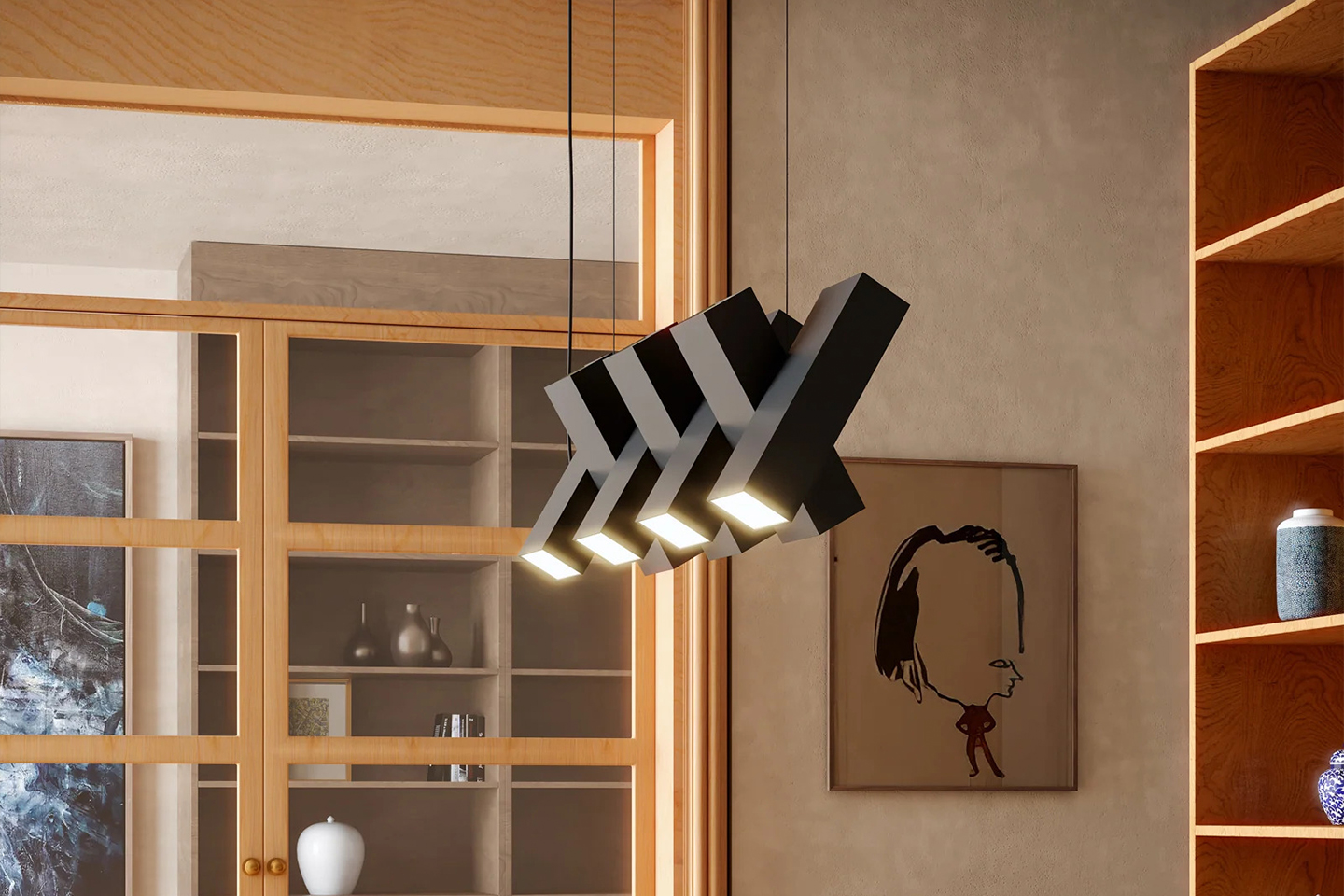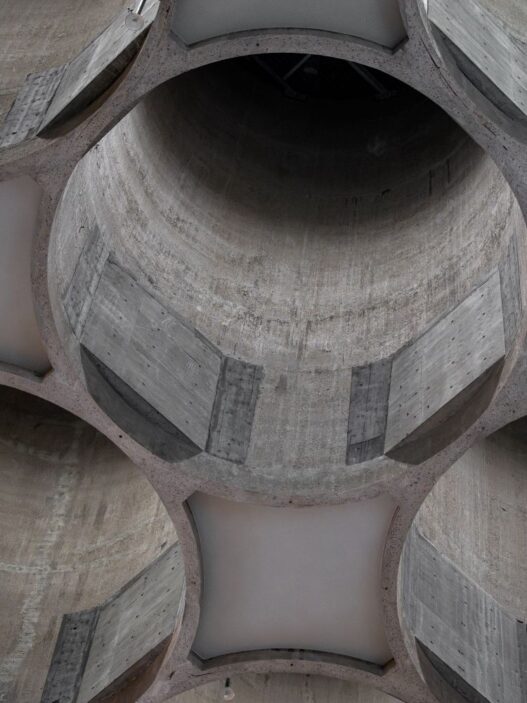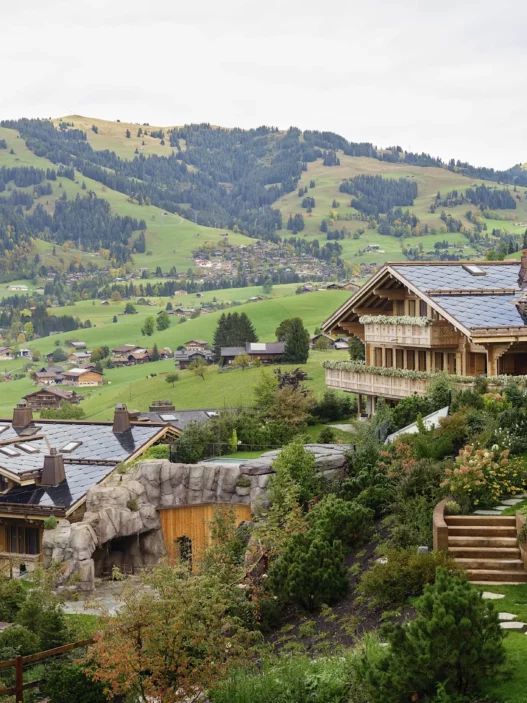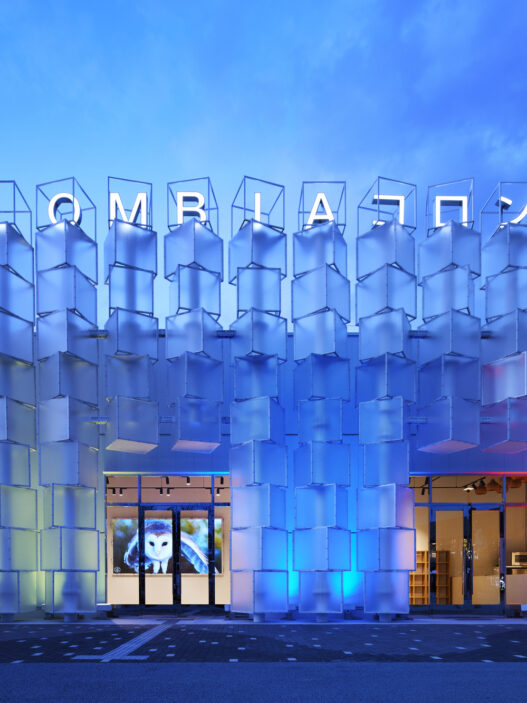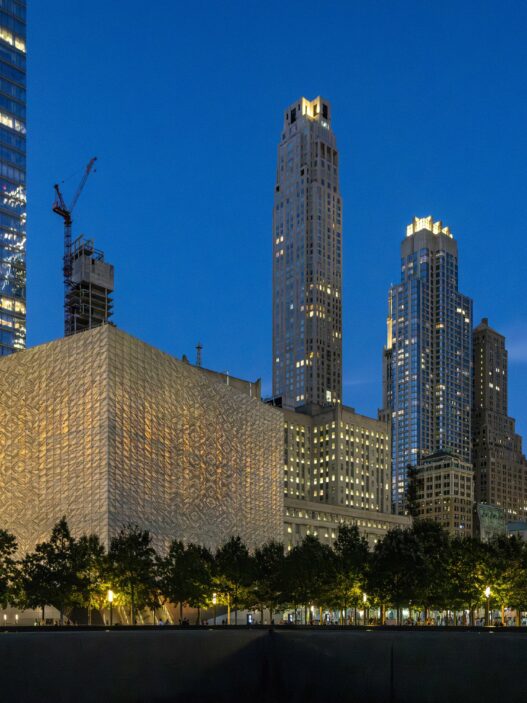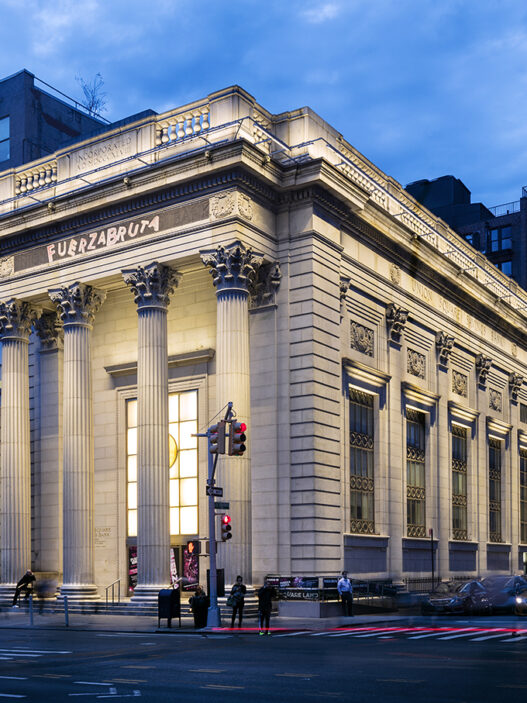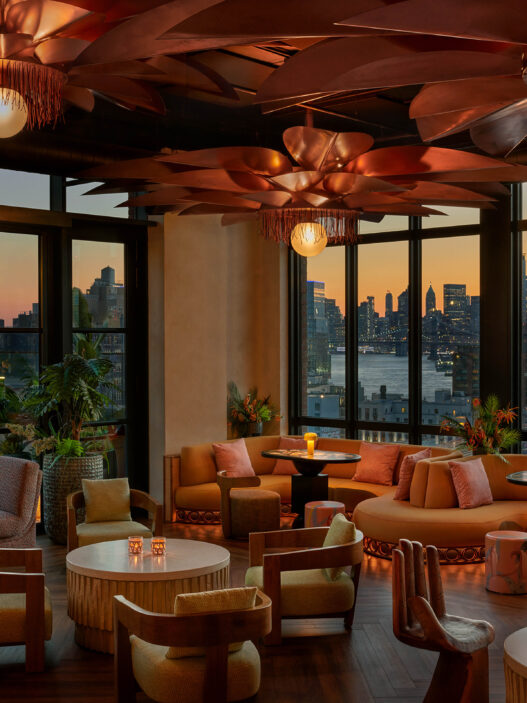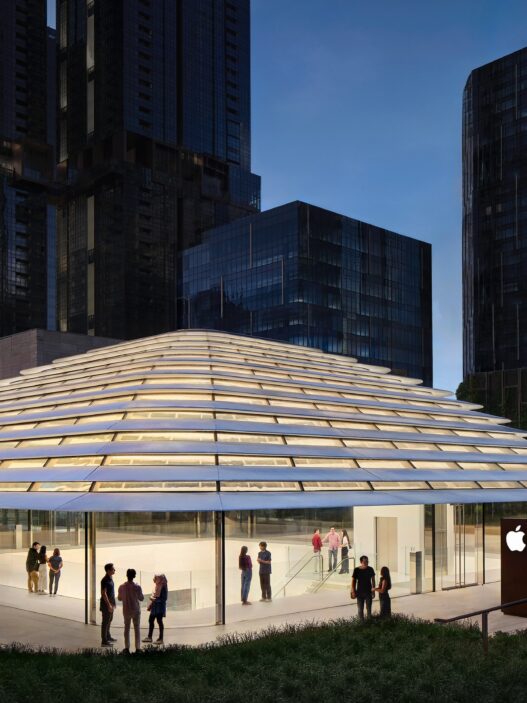A Decade Crafting Darkness Into Meaning
What distinguishes the lighting design of Taikoo is not merely its integration into a dense vertical urban environment, but its insistence on reframing the role of light in complex pedestrian networks and hybrid typologies. This is not lighting as decoration or even orientation, it is lighting as spatial authorship. The designers have clearly engaged in a layered study of human movement, interstitial thresholds, and urban nocturnality, where light becomes a curatorial tool that directs attention, modulates tempo, and challenges the viewer’s perceptual defaults. What initially presents itself as a seamless glow especially in the elevated walkways is, upon closer inspection, a rigorous orchestration of luminance gradients, material filtering, and angle-of-view control. It’s not about brightness or spectacle; it’s about rendering legibility and intimacy without sacrificing spatial ambiguity.
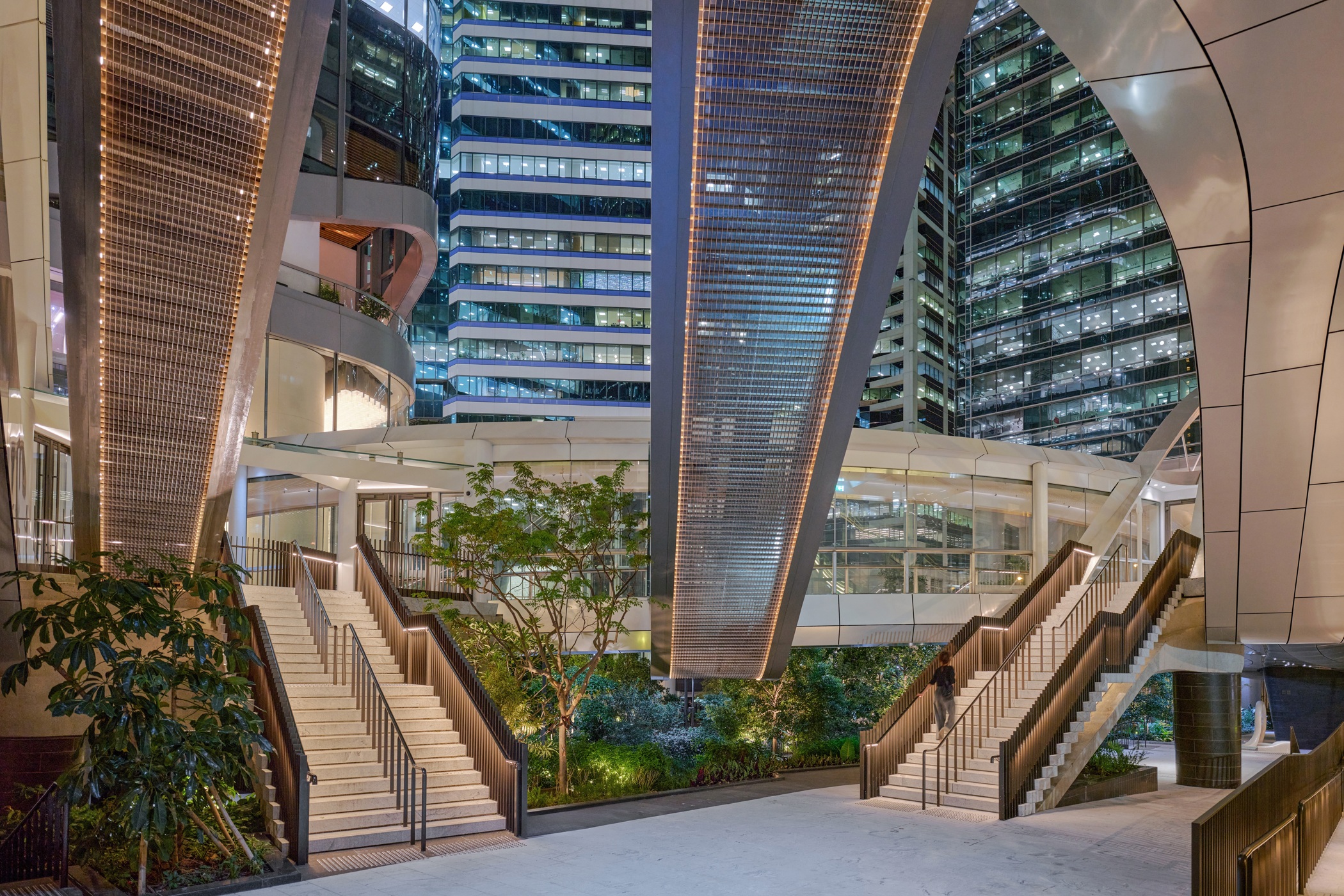
Crucially, the project’s decision to overwrite the default ambient ‘grey’ of Hong Kong’s oversaturated nightscape with a deliberate “dark base layer” is its most subversive move and arguably its most successful. In a city addicted to visual noise and architectural vanity lighting, this design dares to subtract. It reclaims contrast as an experiential tool, not a dramatic one. The use of restraint is not merely stylistic; it redefines hierarchy. One can observe how the gardens, for instance, are allowed to fall into shadow with light grazing only selected foliage or seating so that absence becomes as legible as presence. This approach references a lineage of Japanese garden lighting, where the poetic is found not in the illumination of form, but in the suggestion of depth and disappearance. And yet, this is not mimicry it’s a translation, filtered through contemporary urban design logic.
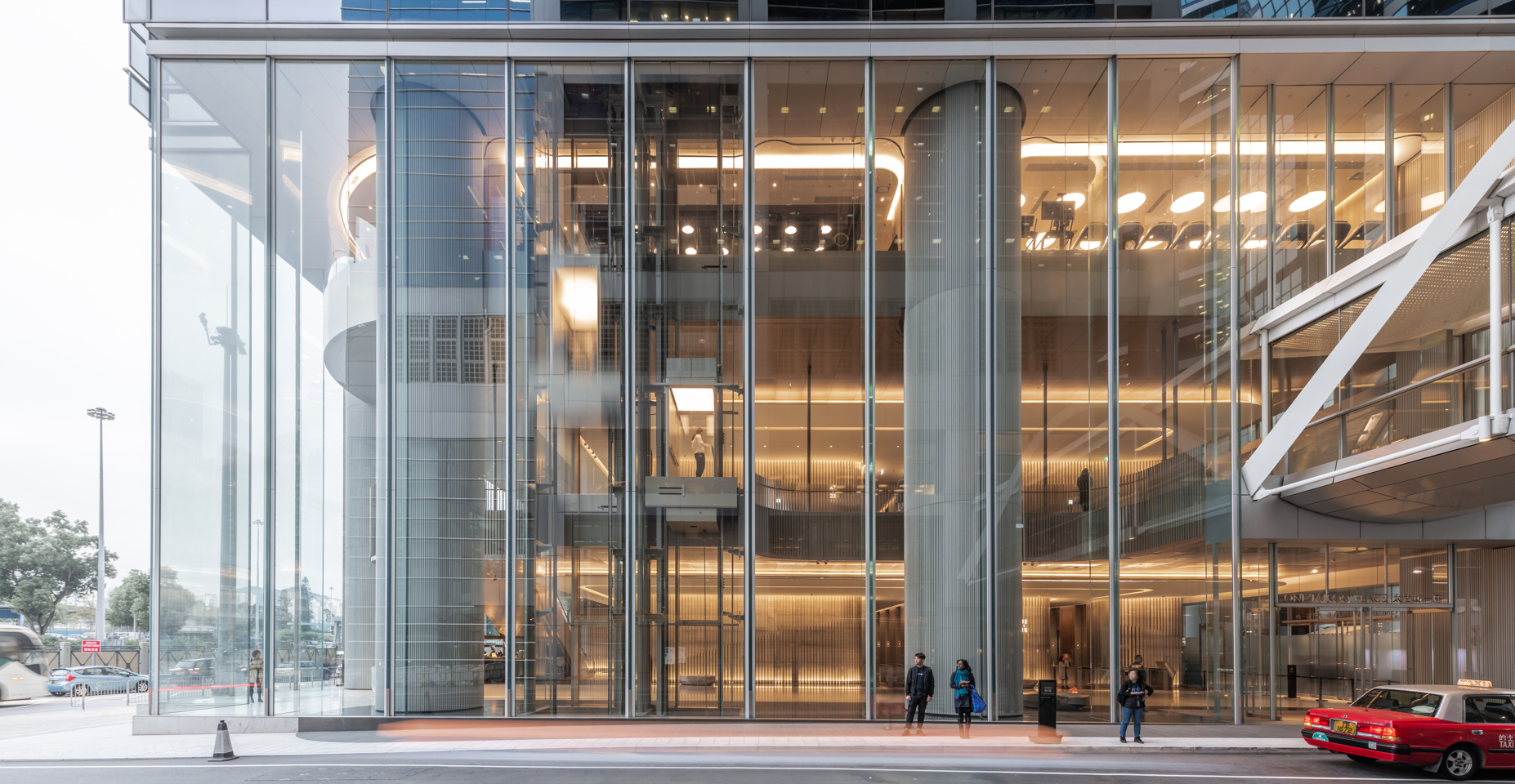
The elevated walkways are a masterclass in volumetric lighting. Rather than treating them as corridors or infrastructure, the lighting transforms them into suspended instruments of calm. The use of luminous ceilings with perforated diffusion is not accidental, it minimizes shadowing on pedestrians, avoids harsh reflections in adjacent glazing, and most critically, floats the structure in the urban section. From the street level, the rods disappear into darkness, making the pathways appear untethered this is not a metaphor, it’s a deliberate optical design. From above, the same luminous ribbon becomes a compositional element in the fifth façade. The duality of legibility and mystery is precisely what gives the experience richness. If there is a criticism here, it’s that this softness occasionally verges on monotony in longer spans; a subtle layering of rhythm through variation in pixelation or edge treatment, could have provided more narrative pacing.
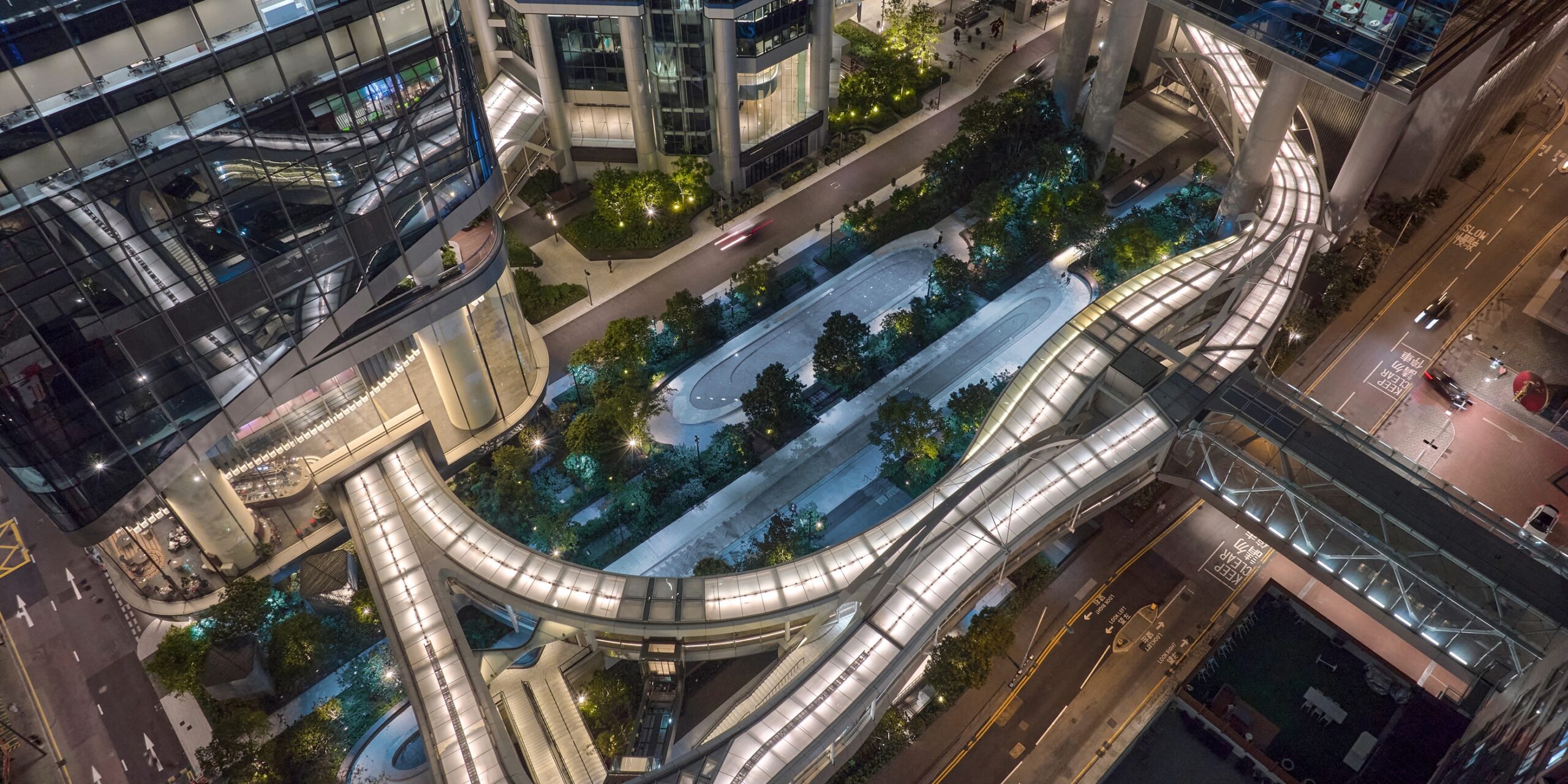
The lighting in the lobbies contrasts this quietude with distinct typologies yet not through excessive theatricality. One Taikoo’s softly integrated approach affirms the continuity between exterior and interior. Two Taikoo, however, takes a bolder stance with its luminous ceiling, a move that could easily tip into gimmickry but is salvaged by its diffusion control and warmth. It becomes a kind of architectural climax, a visual crescendo that still fits within the tonal vocabulary established across the site. What matters most is the coherence of tone there is an unmistakable chromatic discipline here. Temperatures are not just selected for comfort or conformity, but for their interaction with adjacent materials: stone, glass, foliage, and pedestrian skin tones. This sensitivity to contextual reflectivity is what elevates the work beyond aesthetic lighting and into the realm of environmental authorship.
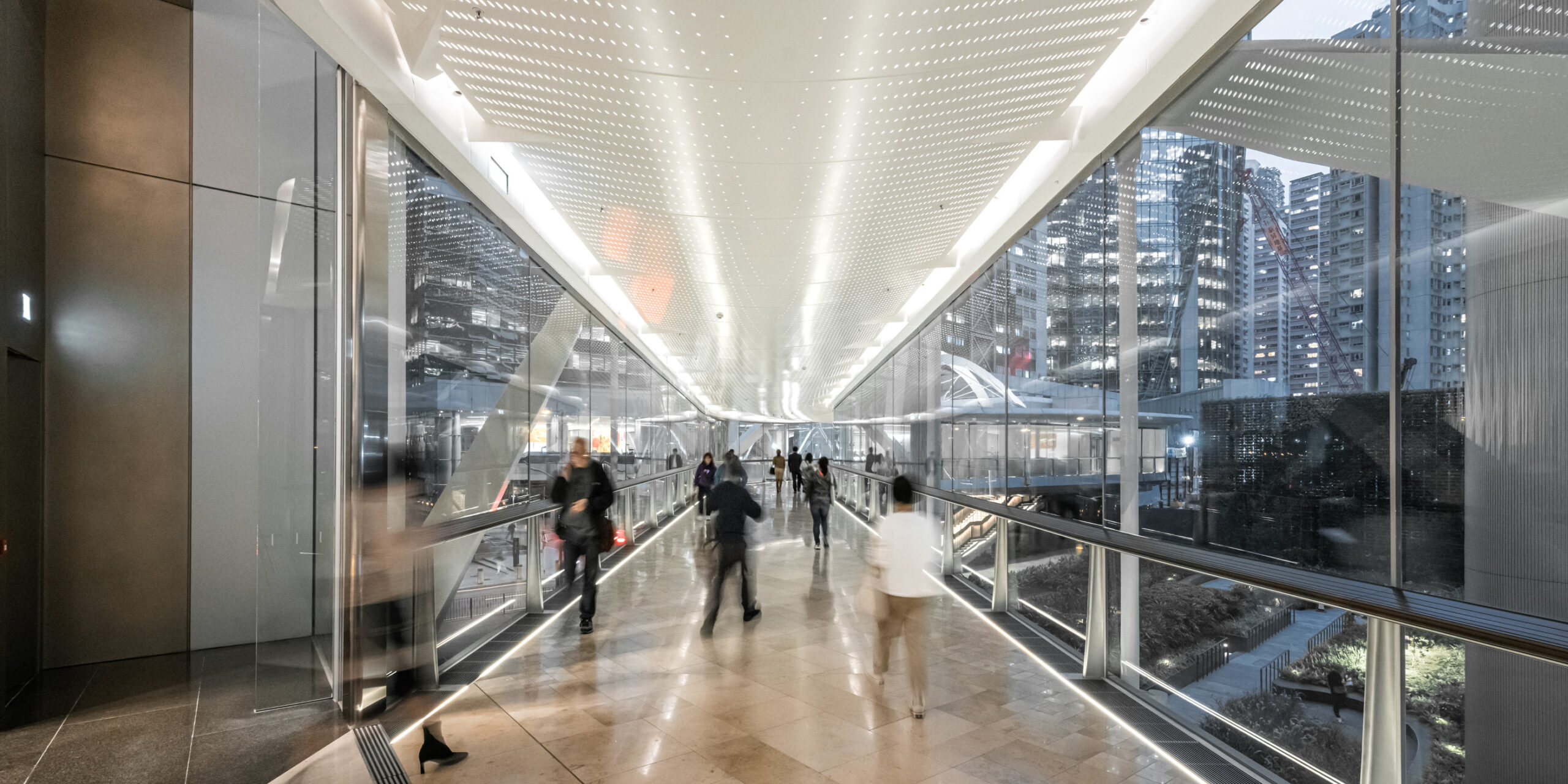
In sum, this lighting design is not merely the outcome of creative intent it is the product of spatial anthropology, urban restraint, and a sophisticated understanding of light’s behavior across dimensions and surfaces. It is rare to see such a tightly held concept endure across so many interfaces gardens, bridges, lobbies, façades without slipping into redundancy or incoherence. If the goal was to create a new language of night for Taikoo one that speaks softly but clearly, in tune with the city’s rhythms yet resistant to its chaos then the project succeeds not through what it illuminates, but through what it dares to leave in shadow.
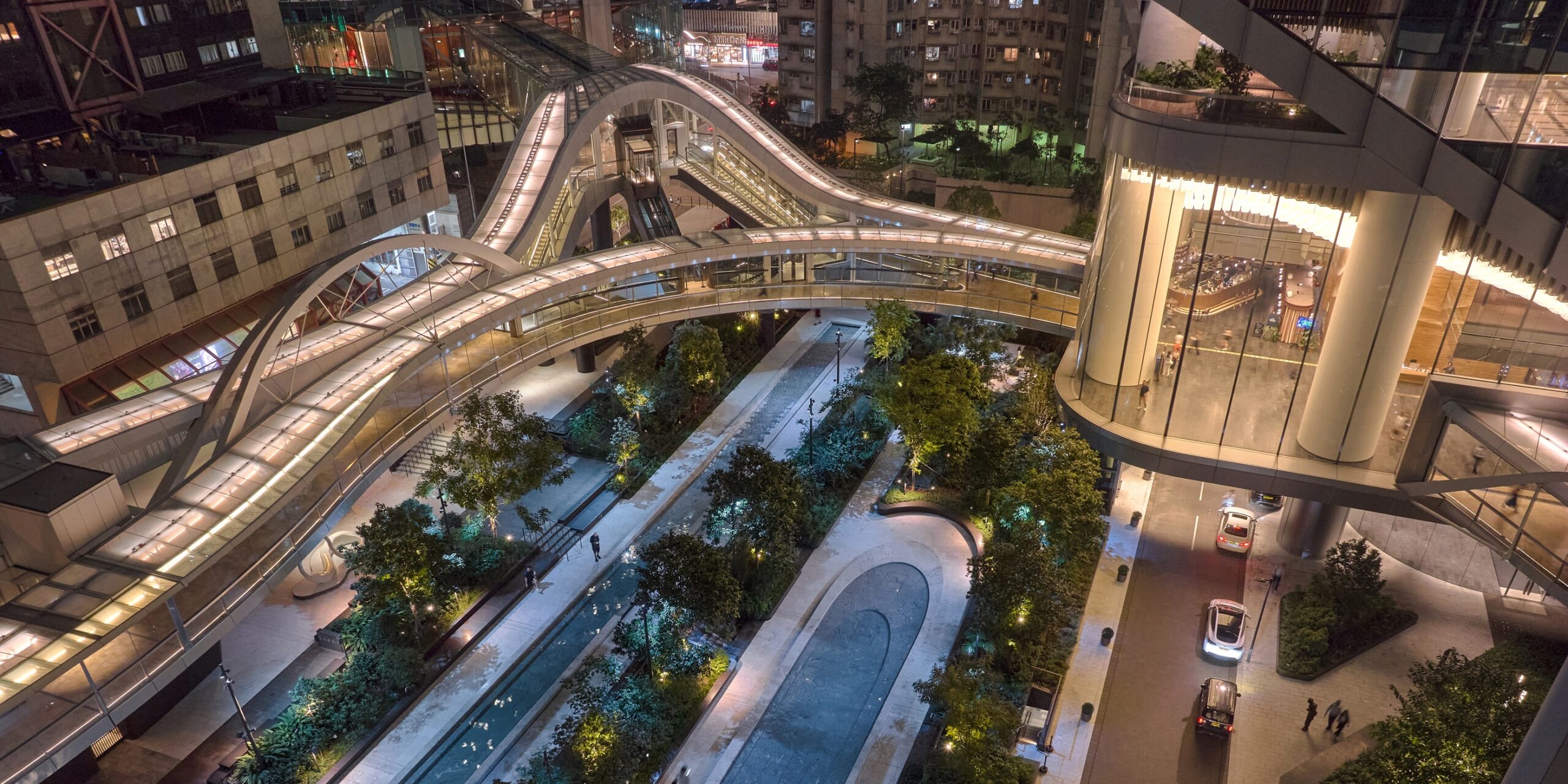
Brand : Speirs Major Light Architecture
Photo Credits : Jonathan Leijonhufvud
